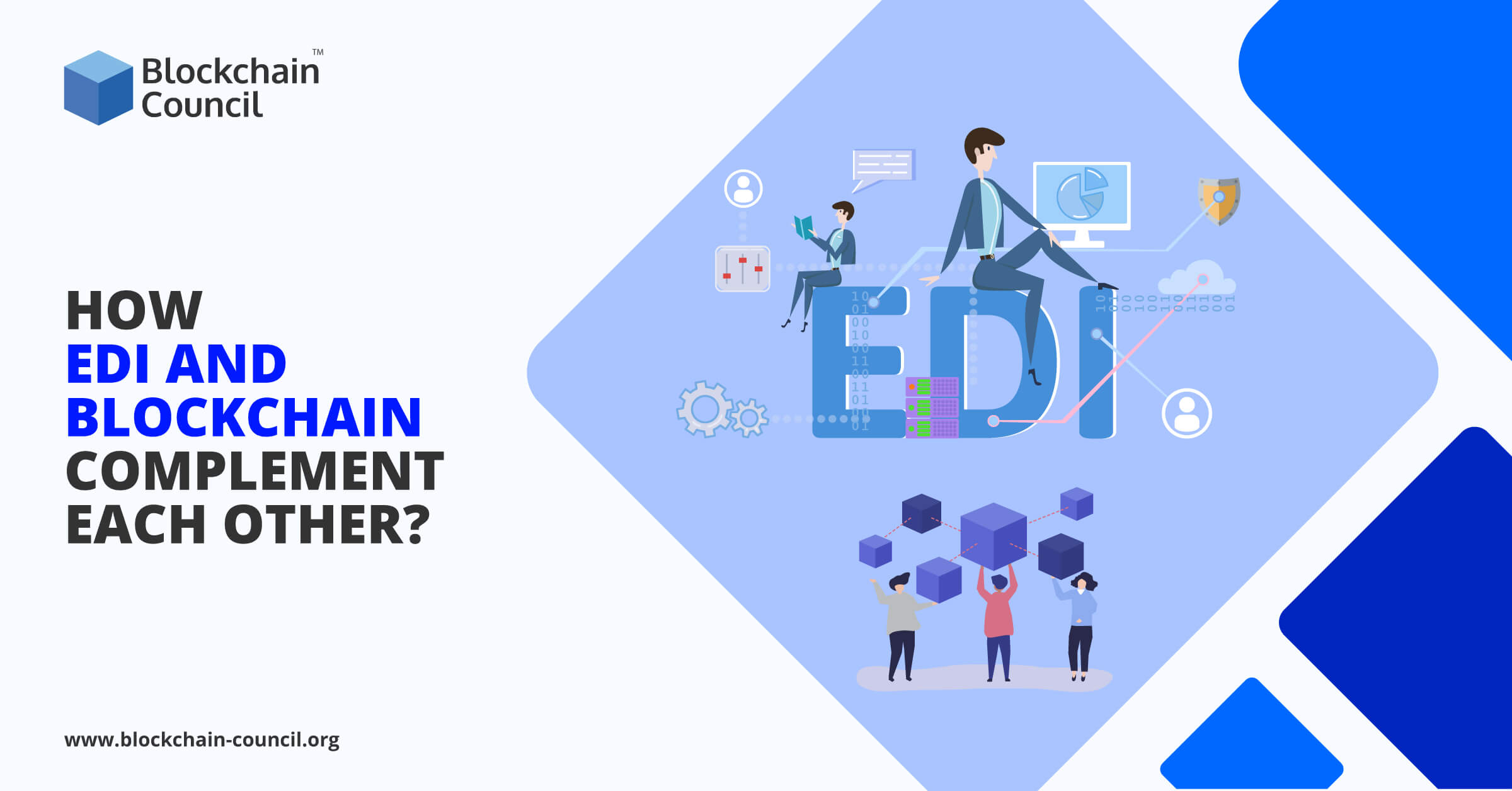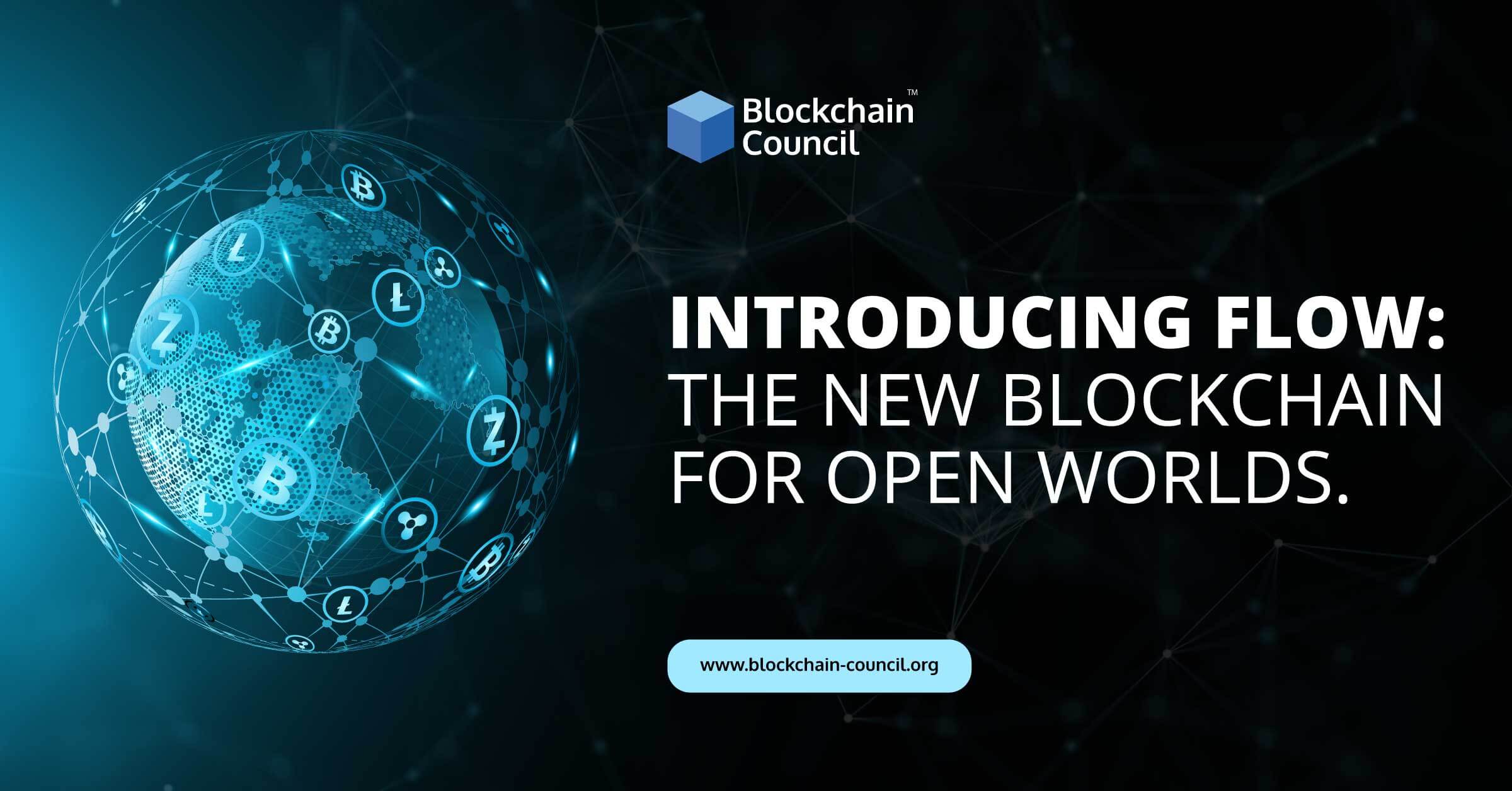
- Anshika Bhalla
- September 01, 2022
Getting ready for Ethereum interviews is an important first step in becoming a successful Ethereum Expert. If you are searching for help to prepare for Ethereum and Smart Contracts course interview questions, you’ve come to the right place. Check out the guide we’ve put up.
Ethereum and Smart Contracts Interview Questions
1. What do you understand about the Ethereum Network?
Ethereum operates as a blockchain platform under the Ethereum Foundation. Instead of operating on a single computer, the Ethereum platform is an open-source software platform that uses blockchain technology. In addition, you may use it to construct decentralized apps on top of the Ethereum blockchain that can be monitored by thousands of peers without relying on centralized entities.
2. Can you define a value token for Ethereum?
Ether is the value token for Ethereum.
3. In Ethereum, what are the typical block size and block time?
Ethereum takes around 10-15 seconds for forming a new block, which has a block size of roughly 30-50 kb.
4. Define Smart Contracts.
Smart Contracts automates the execution of digital contracts if involved parties fulfill its predefined rules. Hence, it facilitates, executes and enforces an agreement using Blockchain technology.
( You can learn about smart contracts in depth through a reliable smart contracts blockchain course ).
5. Do Smart Contracts have any legal standards?
Smart contracts lack legal standards that enable government agencies for testing and verifying their accuracy. However, the parties to the contract do not need to have faith in one another as users can not manipulate smart contracts. If the conditions aren’t met, it discards transaction requests automatically.
6. What more do you know about Ether?
In terms of popularity, Ethereum blockchain’s native cryptocurrency, Ether (ETH), is the 2nd most widely known crypto after bitcoin (BTC). To put it another way, Ether serves as a substantial power source that runs Ethereum distributed application platforms.
7. What do you understand about Ethereum nodes?
Ethereum nodes interact with one another with the help of Ethereum blockchain protocol. For the outside world, they use JSON-RPC interface to interact.
8. How does the Ethereum course differ from Ripple?
Ripple’s major goal is to eliminate the customary friction caused by currency rates for real-time global payments. However, the Ethereum course aspires to expand the use of blockchain technology via the use of intelligent contracts. Hence, decentralized apps and smart contracts can develop and operate without interruption, fraud, or outside influence. In contrast to Ethereum’s Proof-of-State (PoS) consensus mechanism, Ripple makes use of a mechanism called Federated Byzantine Agreement (FBA).
9. What is the location of transactions in Ethereum?
Ethereum maintains a public ledger where it records data of all transactions.
10. What is an EVM?
To run scripts, the Ethereum Virtual Machine (EVM) uses a network of public nodes. Furthermore, a sandboxed environment is used to run EVM, which keeps it separate from the rest of the network. It’s an ideal setting for testing.
11. What are the differences between Ethereum blockchain and Bitcoin?
The goal of Bitcoin’s creation was to provide a national currency alternative. The Ethereum platform, on the other hand, was introduced to promote programmatic, immutable contracts and applications through the use of its very own currency, ETH. Furthermore, Ethereum transactions are completed in seconds, but Bitcoin transactions take minutes. Also, the Ethereum platform is a ledger technology that corporations are using to construct new programs and decentralized apps, while Bitcoin is just a cryptocurrency. Hence, the Ethereum blockchain is also the more durable of the two technologies.
12. How do you establish a connection to a node?
Nodes are computers that are part of a network and are in charge of carrying out transactional tasks. Hence, a node may be accessed via WS-RPC, JSON-RPC, or IPC-RPC.
13. Can users hide a transaction?
No. Users can not hide a transaction, in fact all transactions are publicly viewable.
14. What is the consensus algorithm’s function?
The consensus mechanism of a blockchain guarantees that the numerous parties agree upon credibility of provided transactional data and decides who may add new blocks of transactions. Also, it prevents any unauthorized changes by users.
15. Explain how PoW consensus works in detail.
PoW consensus focuses on solving complicated mathematical problems and making as many predictions at the earliest. Hence, this requires a large amount of computing power, and a miner may increase profitability by adopting more efficient mining equipment. Furthermore, mining pools compete with each other to see who can estimate the maximum number of possible hashes for a given block first using this form of the consensus process. Hence, when a miner discovers a solution, they share it with the rest of the network and receives rewards with cryptocurrency.
16. In the Ethereum platform, what is the significance of the account nonce?
An account nonce determines each account’s transaction counter. It can eliminate replay assaults.
17. What is the best way to get Ethers?
There are two methods: by mining them or by exchanging them for other digital coins.
18. What programming language is best for creating smart contracts and decentralized applications?
Solidity is widely in use for writing smart contracts and decentralized applications (dApps) as the preferred programming language.
( If you want to become a smart contract developer then Solidity is a must language to learn. You should join a smart contract developer course).
19. What is the meaning of dApps?
There are digital applications called “dApps” that run on a peer-to-peer(P2P) network of computers rather than one central server.
20. Which consensus does the Ethereum platform use?
The Ethereum consensus method has changed from Proof of Work (PoW) to Proof of State (PoS).
21. Describe the truffle.
It is a free and open-source platform for developing and managing dApps and smart contracts. Hence, it is widely known as the best framework for the Ethereum developer professionals.
22. Explain what is PoS.
PoS is a consensus method that addresses the primary flaws of the PoW protocol. Using this method, the network verifies each new block before adding it to the blockchain. In contrast to PoW, in PoS, miners may participate in the mining process by staking their coins. Using the very minimum of gear and software, users may mine for rewards. Therefore, the more coins a miner has, the more likely they are to be able to influence the consensus. This means that only the wealthiest people will be able to govern the network.
23. What are Ethereum blockchain wallets, and how do I get one?
Users may connect with their Ethereum account via the usage of Ethereum wallets. Hence, you need a wallet to hold Ether before you can begin trading.
24. Can you name any known wallet to hold ETH?
Meta mask is one of the best Ethereum wallets. It facilitates storage, sending, receiving ETH and ERC20.
25. How well versed are you in Ethereum blockchain hardware wallets?
Consider this wallet if you’re looking for a high degree of security. It stores private keys on a physical chip, hence they are more secure. Furthermore, to protect your cryptocurrency from cyber-attacks and hackers, these wallets do not need an internet connection.
26. How to classify Ethereum networks?
Here are all three kinds:
- A blockchain network that is not publicly accessible,
- Ethereum’s test network, or “TestNet,”
- One of the primary networks.
27. What are some of the Blockchain-based smart contracts?
- Ethereum
- EOSIO
- NEM
- RSK
- Hyperledger
28. When creating a Solidity file, name the first thing you need to define?
When creating a Solidity file, the first thing you need to do is define a class. In order to avoid compilation errors caused by incompatibilities between different versions of Solidity, you must first declare their version number.
29. What is the relation between wei and Ether?
One Ether makes 1018 Wie.
30. What variables influence the amount of gas in use during a transaction?
The quantity of storage and the Smart Contract instructions determine the value of how much gas should be in use to perform a transaction.
Closing Thoughts
These interview questions and answers should help you obtain your ideal job as an Ethereum expert or a smart contract developer. You may join Blockchain Council if you are a newbie and wish to study and become a Certified Ethereum Expert. If you’re interested in learning more about Ethereum, learn how to become a smart contract developer, and claim valid Ethereum certification, or even getting immediate updates on Blockchain Technology, check out Blockchain Council.





































































 Guides
Guides News
News Blockchain
Blockchain Cryptocurrency
& Digital Assets
Cryptocurrency
& Digital Assets Web3
Web3 Metaverse & NFTs
Metaverse & NFTs
